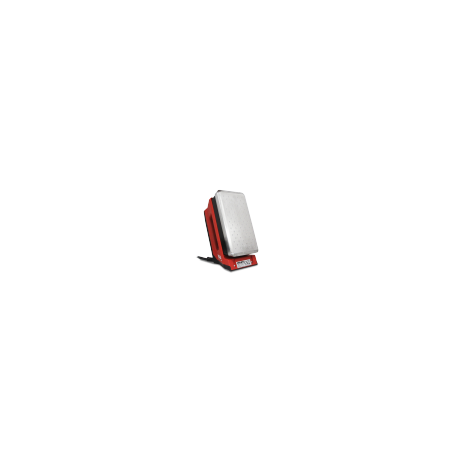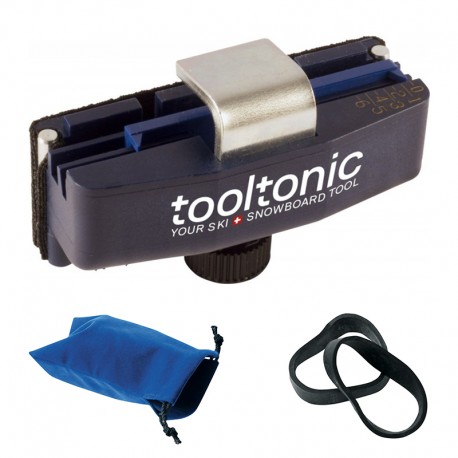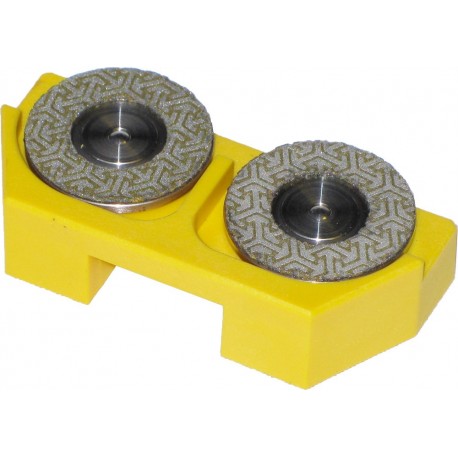No products
Accessories
Viewed products
-

012015 : Electronic...
Professional waxing iron with...
Last Product Reviews
 View larger
View larger
012015 : Electronic waxing iron 1000W
012015
New product
Professional waxing iron with electronic microprocessor temperature control and digital display.
More info
This high-performance device makes waxing much simpler. It prevents smoke, protects the soles and the characteristics of the waxes by constantly and accurately monitoring the temperature.
Reviews (0)
No customer reviews for the moment.





Foire aux questions (FAQ)
- Repair sticks that must be lit so that the material flows in small drops in the holes and scratches of the ski-base.
- Stick-guns.
Before waxing: the use of a hand brush or a rotating brush, ideally in very fine bronze bristles, allows the cleaning of the bases even to the depth of their fine structures. This energetic brushing also produces a texture favorable to the impregnation of the wax.
After waxing (and scraping the wax if it is hot waxing): brushing is ideally done with a hand brush or rotating horsehair. This releases the structure of the base and polishes the wax.
Note that the ski-bases are not smooth but have fine longitudinal structures that reduce adhesion especially on wet snow. The structures will be less deep for the cold snows and more for the wet snows. Waxing, especially hot, fills these structures you need to release by vigorous brushing.
For universal use we strongly advise against deep structures that interfere with the handling of skis and snowboards.
If, during the maintenance of the ski base, you see structures on the edge, their disposal by sanding with a long diamond file, used with a guide of fall, is essential for a good functioning of the skis and snowboards.
When the temperature is not indicated by the manufacturer, it is often between 100 and 130 degrees Celsius.
If the wax is hard to melt, the wax iron is not hot enough. If the wax makes the wax fume, it is too hot.
Warning ! according to the additives the smoke is toxic.
Yes, when temperatures go up, it is recommended to wax your skis with a wax for positive temperature, because they are softer waxes that slide better on the wet snow.
When air and snow temperature are cold, the crystals are getting abrasive, so the wax should be harder. A soft wax slips badly and wears quickly on cold snows. It is interesting to know that even if the air is warm, the temperature of the snow never exceeds zero degrees Celsius.
There are two main methods:
After cooling, the excess material (oversize) must be scraped, or grated with a plastic or steel scraper.
On a new ski or snowboard, it’s good to do 5 to 7 hot waxings (the first 5 to 7 days).





